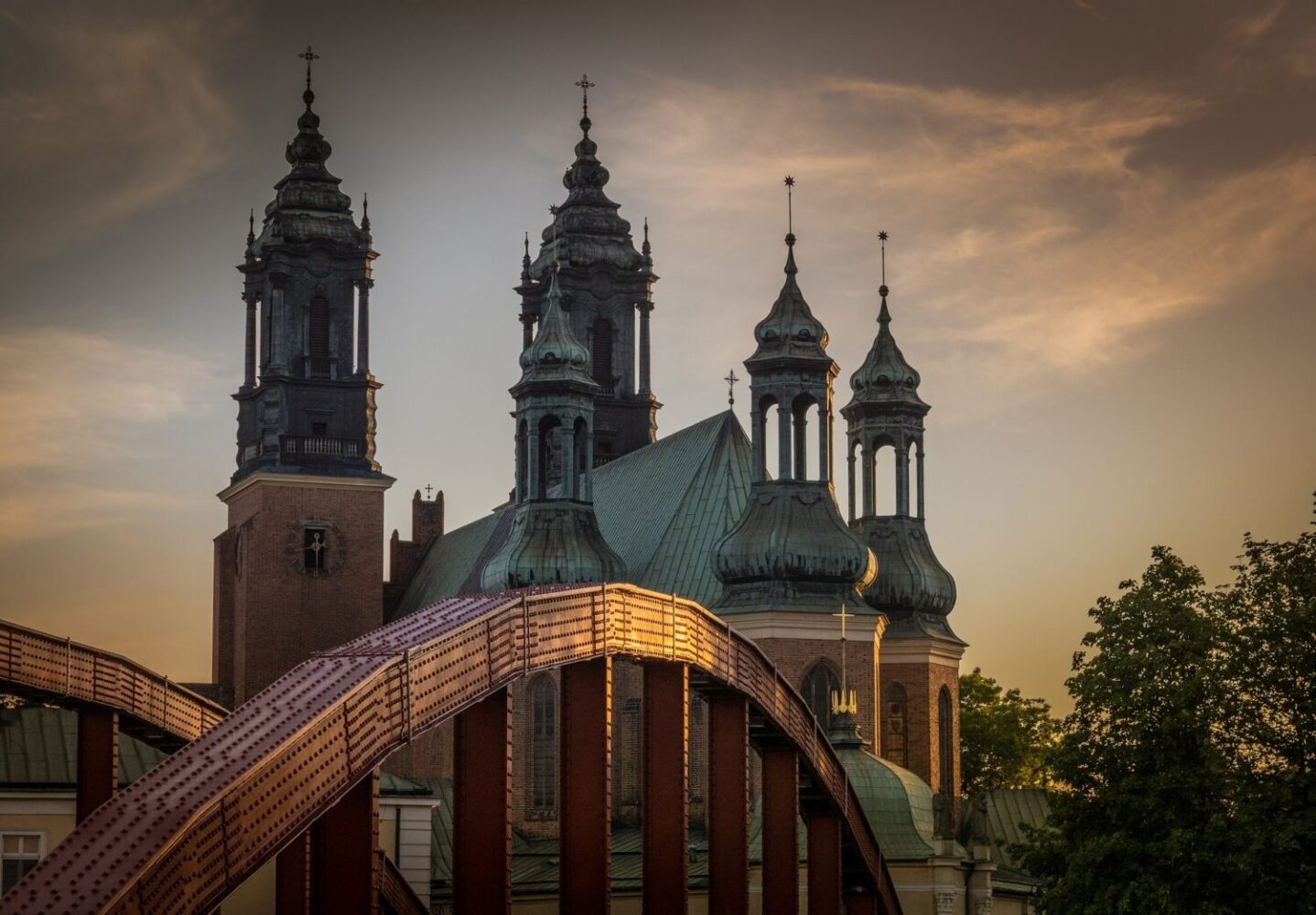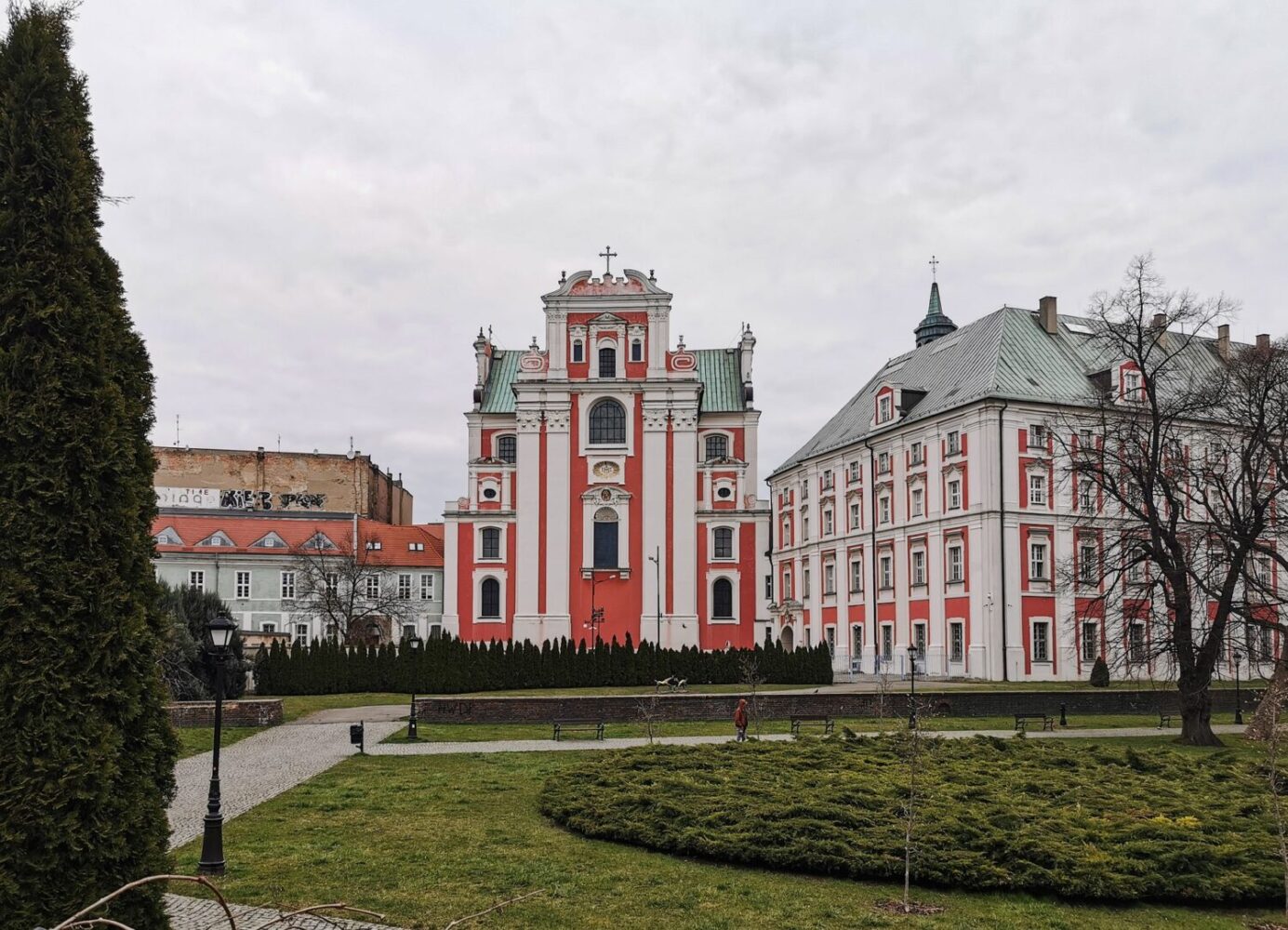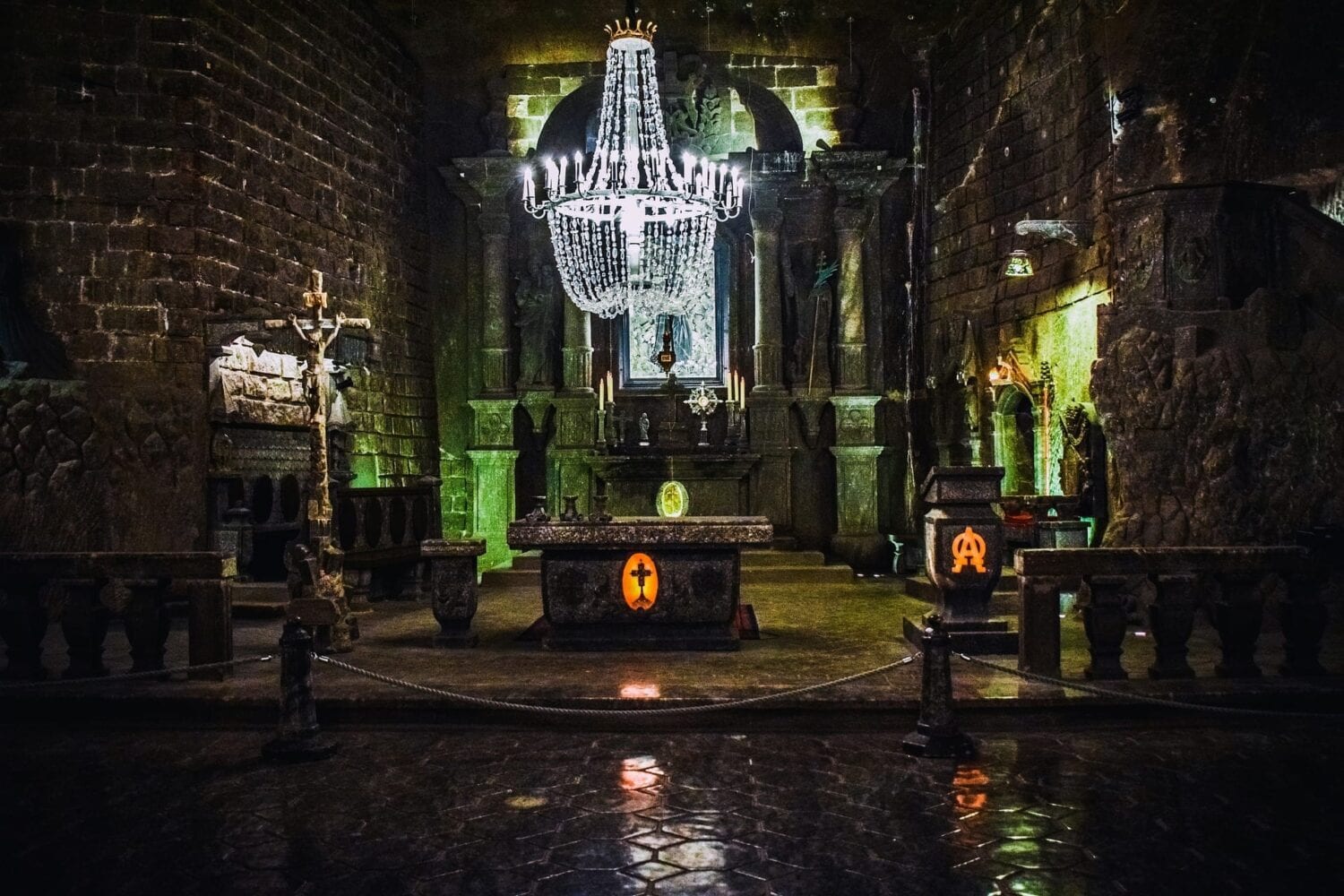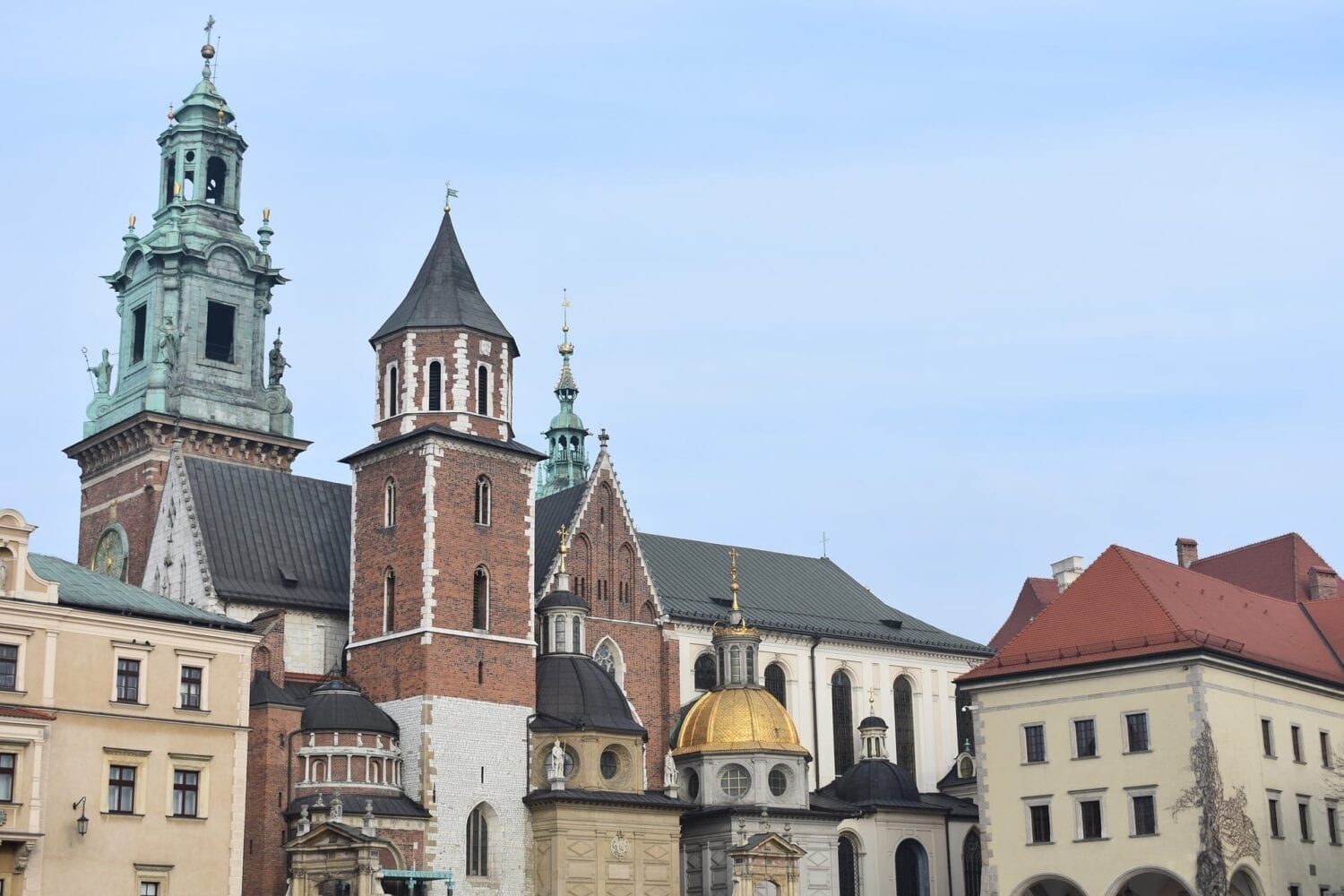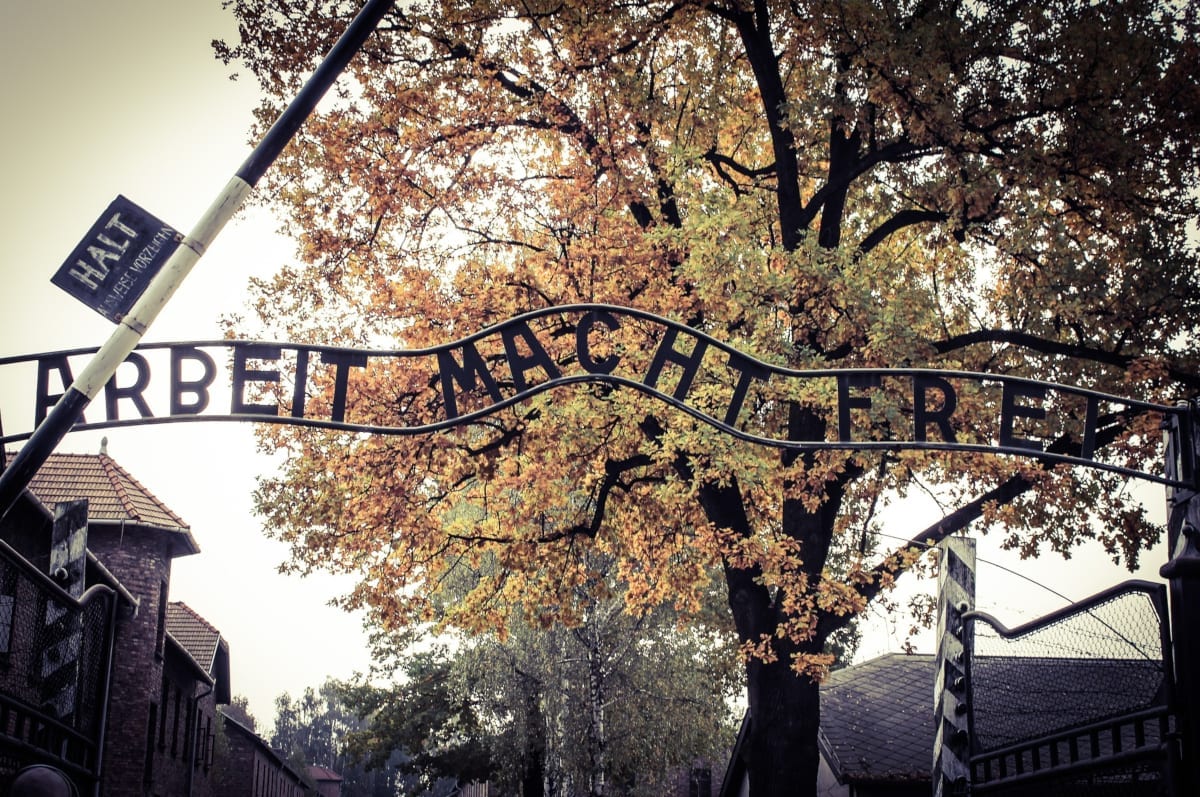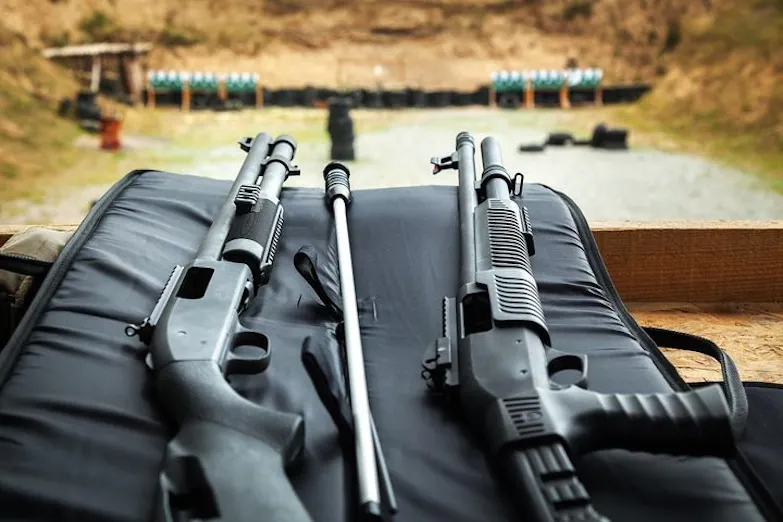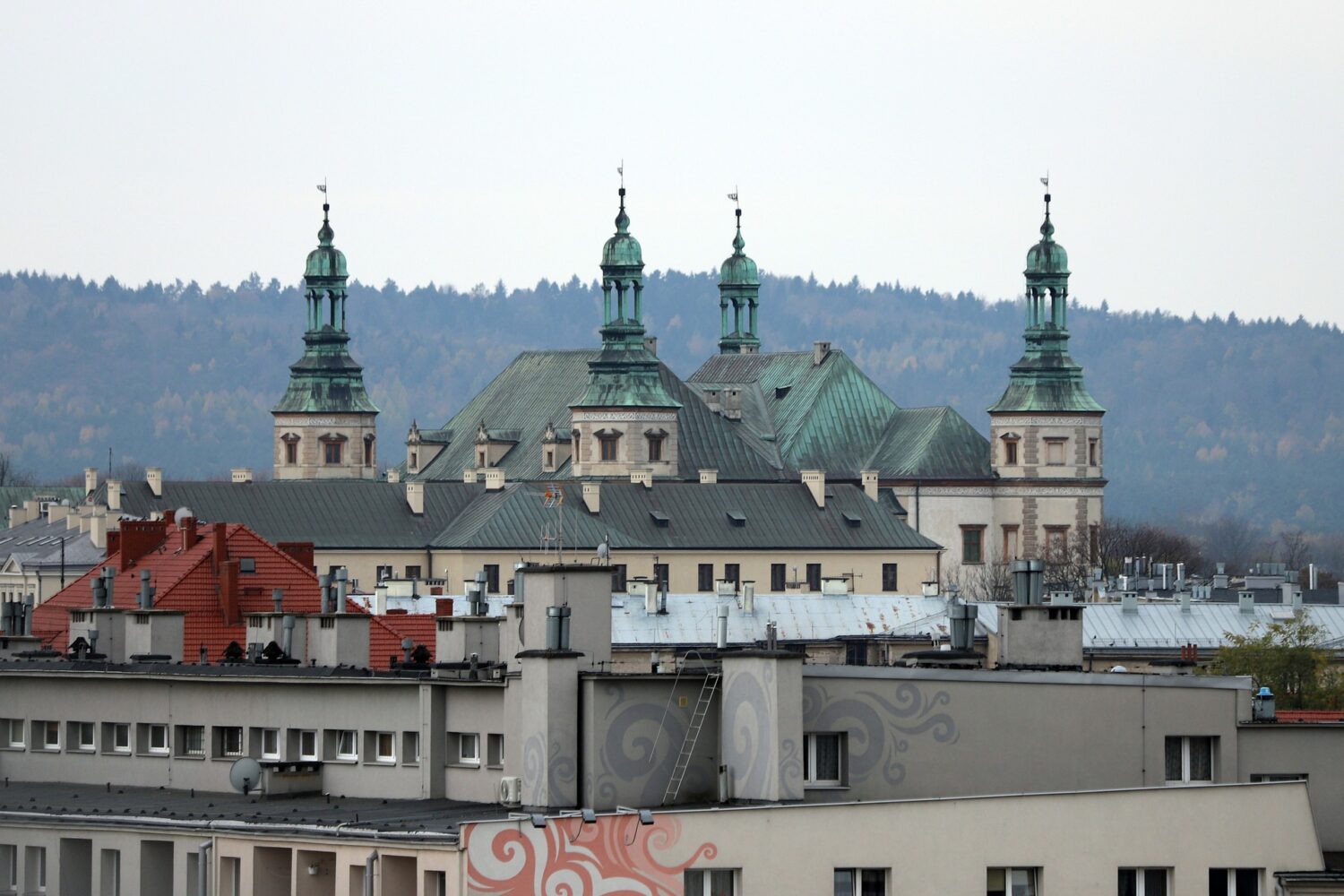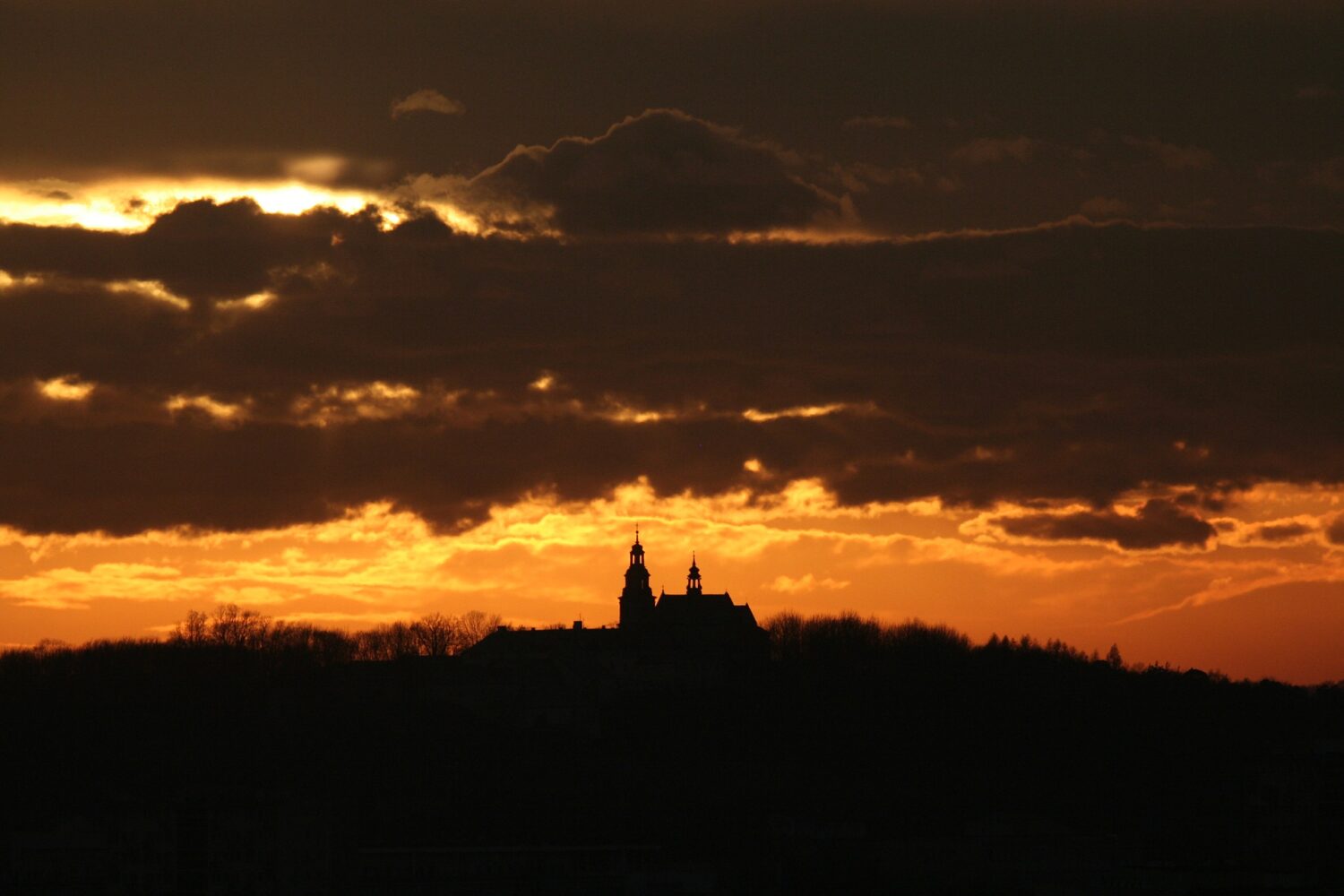Top 10 things to do in Wrocław
What to see, what to do
Things to do – updated 17 January 2023.
There’s a lot to see and do in the city. Here’s our list of the Top 10 things to do in Wrocław. Click on the links for further information or to book a tour & buy tickets.
1. Wrocław Dwarfs
They’re referred to in Poland as dwarfs but they’re actually bronze gnomes around 20-30cm tall, which have been appearing in the streets of Wrocław since 2005. Today, there are hundreds of them, almost an invasion and they’ve become a major tourist attraction. You can even get maps and mobile apps to help you find them.
2. Old Town Hall
The 13th century Gothic Old Town Hall stands at the centre of the city’s Market Square and is one of the main landmarks of the city. It’s currently used for civic and cultural events, which are held in its Great Hall and also houses the Museum of Bourgeois Art and a restaurant in the basement. The structure is a mix of architectural styles with both Gothic and Renaissance features. The astronomical clock is made of larch wood and was built in 1580.
3. National Museum
The National Museum is one of Poland’s main branches of the National Museum system. It holds one of the largest collections of contemporary art in the country. You’ll find exhibits of Medieval sculpture on the ground floor in addition to paintings from the region, silverware, ceramics and furnishings. Polish art, primarily 17th century paintings, can be found on the 2nd floor.
4. Panorama of Racławice
The Racławice Panorama is a monumental (15m x 114m) cycloramic painting depicting the Battle of Racławice, during the Kościuszko Uprising and is Wrocław’s pride and joy. It is wrapped around the internal walls of a purpose-built rotunda. The painting took nine artists, nine months to complete and used 750kg of paint. Visits are by guided audio tours, departing every half hour.
Skip-the-Line Panorama Raclawicka, National Museum and Ostrow Tumski tour
5. Church of the Holy Name of Jesus
This Late Baroque-Rococo church is part of Wrocław University and is one of the most picturesque in the city, if not the country. We can thank the Jesuits for this piece of architectural beauty, they built it way back in the 1690s on the site of the former Piast castle. The interior of the church has been painted to imitate marble and contains frescoes & ornate fittings.
6. Botanical Gardens
You’ll find the Botanical Gardens on Cathedral Island. The gardens were built between 1811 – 1816 and are part of the University of Wrocław. Within the gardens, there is a large selection of plants, sculptures, aquariums, a large pond, bridges, a shop, and a café. The gardens are open from early April until mid-November.
7. Wrocław Zoo
The Zoo is located on Wróblewskiego Street and is the oldest zoo in the country, opened in 1865. In terms of the number of animal species, it is the third largest zoological garden in the world and the largest in Poland. It is home to about 10,500 animals representing about 1,132 species.
Wroclaw Zoo tickets with private transportation
8. Hansel & Gretel
One of Wrocław’s favourite photo opportunities, are two charming, skinny tenements known locally as Jaś i Małgosia, better known to German and English speakers as Hansel and Gretel. You’ll find them on the north-western corner of the Market Square. The two fairy tale houses are linked by a baroque archway built in 1728.
9. Church of St Elizabeth
St. Elizabeth’s Church of the Catholic Third Order of Saint Francis is a 14th century Gothic church and one of the most iconic structures of the city’s Old Town panorama. It has a 90m high tower, a triple nave and is by medieval chapels. Inside, you’ll find a mid-15th-century sacramentary and carved medieval choir stalls.
10. Archaeological Museum
This museum is housed inside of the city’s former 15th century Arsenal alongside the Military Museum. Exhibits focus on the period from the Stone Age to the 19th century. You’ll find everyday objects from these times such as tools, ornaments and weapons.
FAQ
Q: What is the best time to visit Wroclaw?
A: The best time to visit Wroclaw is during the spring and summer months, when the weather is mild and the city’s many parks and gardens are in full bloom. However, Wroclaw is also a destination that can be enjoyed year-round, with a variety of events and activities taking place throughout the year.
Q: How do I get to Wroclaw?
A: The main airport is Copernicus Airport Wrocław, which is well connected to other major airports in Europe, and from there you can take a bus or taxi to the city center. Alternatively, Wroclaw is also well connected to other parts of Poland by train and bus.
Q: What are the must-see attractions in Wroclaw?
A: Some of the must-see attractions in Wroclaw include the Old Town, the Wroclaw Market Square, the Town Hall, the Wroclaw Cathedral, the Centennial Hall, the National Museum, and the Panorama of Racławice.
Q: Are there any good restaurants or bars in Wroclaw?
A: Wroclaw is known for its excellent dining scene, with a wide variety of restaurants and bars to choose from, serving both traditional Polish cuisine and international dishes. Some popular options include local pubs, called “Piwnica” and trendy Restaurants.
Q: Is it easy to get around Wroclaw?
A: Wroclaw is a relatively small and compact city, making it easy to get around on foot. The city center is also well served by public transportation, including buses and trams, making it easy to reach all of the city’s main attractions.
Q: Are there any festivals or events happening in Wroclaw during my visit?
A: Wroclaw is a city that is known for its lively cultural scene, with a variety of events and festivals taking place throughout the year, including the Wroclaw Film Festival, the Wratislavia Cantans and the Wroclaw Shakespeare Festival. It’s a good idea to check the city’s calendar of events before your visit to see what’s happening during your stay.
